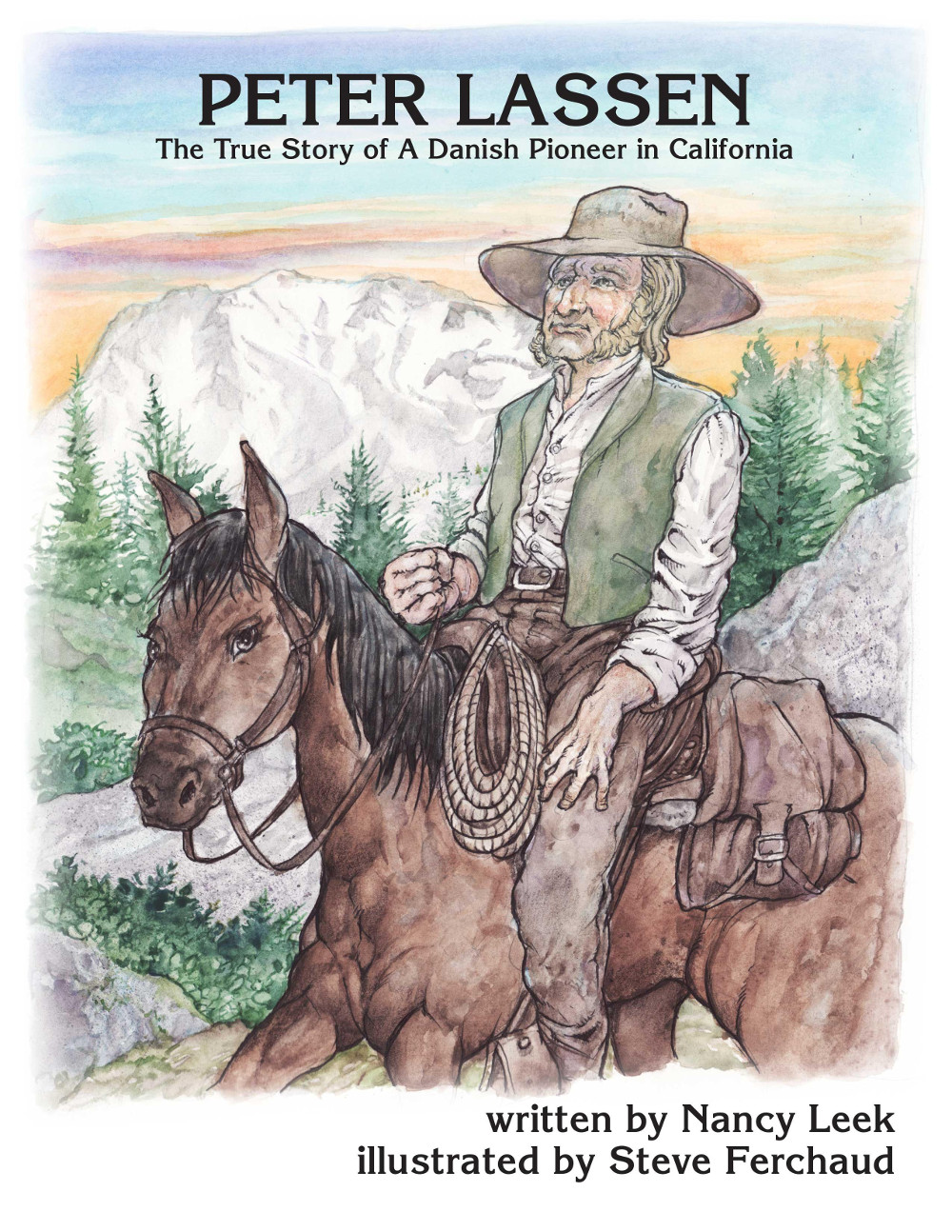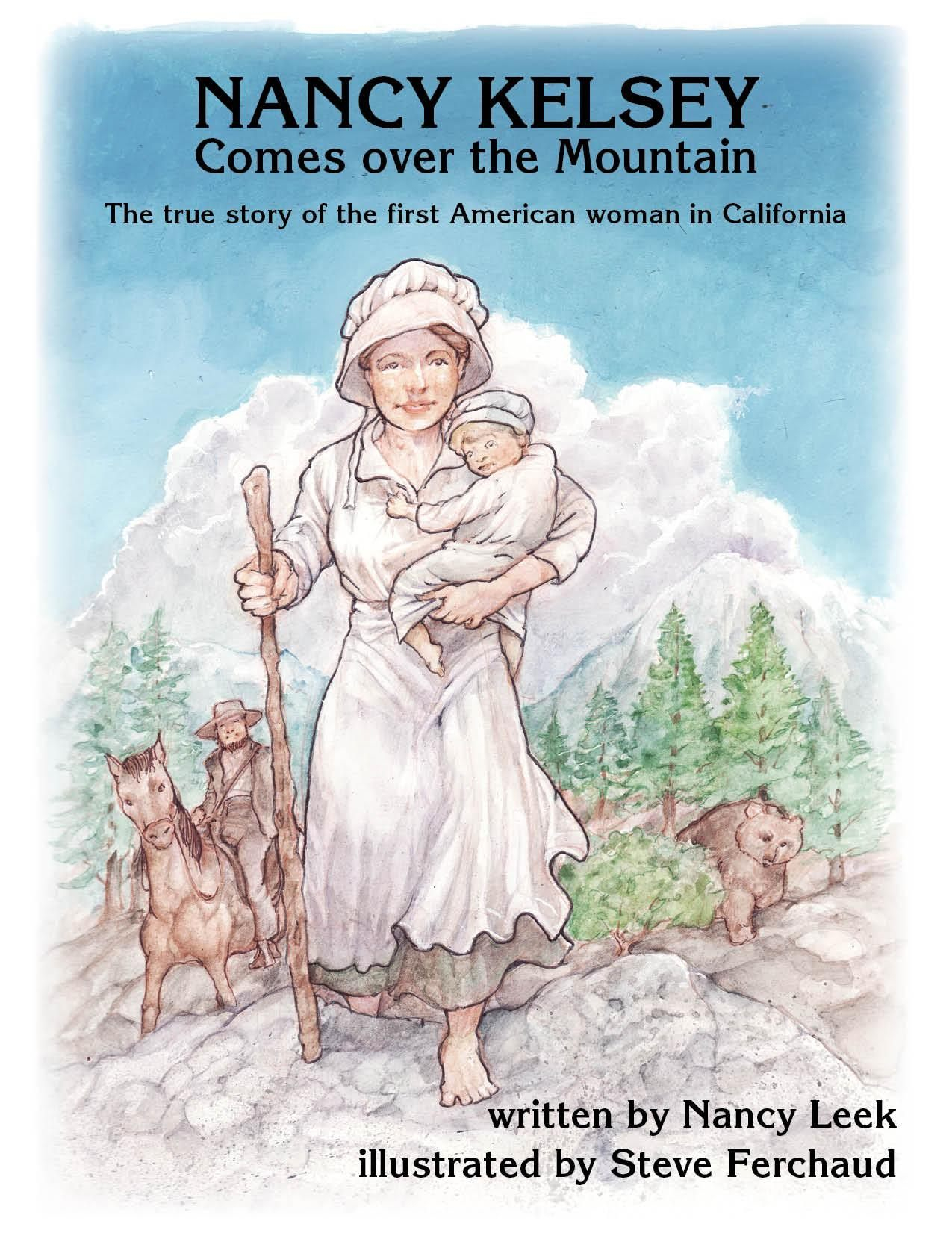
This well-known photograph shows a black miner in the California goldfields. It was taken at Auburn Ravine in 1852, but the man’s name is unknown. Was he free or was he enslaved? Did he strike it rich? Was the gold his to keep or did a slaveholder claim it?
With the discovery of gold in 1848, prospectors poured into California. Southern slaveholders saw an opportunity to prosper by working slaves in the goldfields. Free Negroes also came to California, and by the census of 1852 there were approximately 2200 African Americans in California, the majority being enslaved persons. They came overland, working as teamsters (as Alvin Coffey did), and cooks and servants. They came by ship, as sailors and accompanying Southern gold-seekers, like George Washington Dennis.
Some were able to earn the money to buy their freedom, as G.W. Dennis did by working in a gambling house. Others fled and were protected by sympathetic friends. Alvin Coffey noted that “If I’d run away, there’d have been plenty to hide me and protect me.” But Alvin knew that if he ran he would lose any chance of returning to Missouri and rescuing his family.
Were slaves ever sold in California? Undoubtedly they were, but evidence can be hard to find. In his book California’s Black Pioneers, Kenneth G. Goode quotes a notice that appeared in a Sacramento newspaper, the Democratic State Journal in 1852. That paper is not available online, but here is part of the text:
NEGRO FOR SALE — On Saturday the 26th inst., I will sell at public auction a Negro Man, he having agreed to said sale in preference to being sent home. I value him at $300, but if any or all of his abolition brethren wish to show that they have the first honorable principle about them, they can have an opportunity of releasing said Negro from bondage by calling on the subscriber, and the Southern House, precious to that time and paying $100.
Goode, California’s Black Pioneers, p. 60
His “abolition brethren” did indeed come up with the $100 to buy the freedom of their friend, showing that they had more “honorable principles” than the seller.
Another advertisement appeared in the Sacramento Transcript:
Note in this case that the buyer is not actually purchasing the girl, but her indenture, which will be in force for two years. One hopes she was released at the end of that period, if not before.






